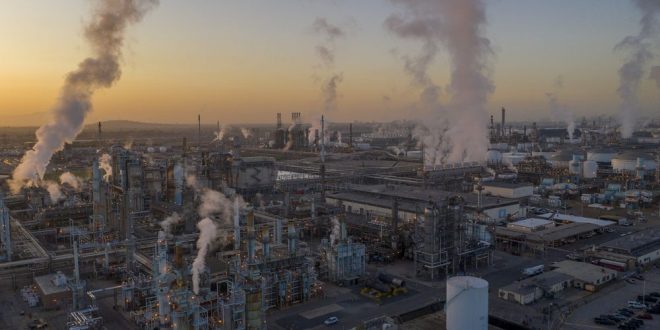Japan needs steep emission reductions as soon as possible, and latest from 2030 onwards, to meet its 2050 net zero carbon targets, along with accelerated gas and power market reforms and rapid development of low carbon power sources, the International Energy Agency said in its Japan 2021 Energy Policy Review published on March 4.
The periodic review comes a few months after Japan announced its 2050 goal to become a carbon neutral country, and ahead of its revised Strategic Energy Plan by 2030 that is expected later this year and will feed into the long-term fuel procurement plans of its utilities.
Japan’s previous review of its energy mix under the 5th Strategic Energy Plan in 2018 aimed to increase the share of renewable energy in total primary energy supply (TPES) to 13% in 2030 from 8% in 2019, and renewable power generation to 24% in 2030 from 19% in 2019.
Nuclear energy was expected to increase to at least 11% of total primary energy supply by 2030 from 4% in 2019, and the share of fossil fuel to decline to 76% from around 88% in 2019, the sixth highest share among member countries, the IEA said.
The fossil fuels include oil, coal and natural gas, with oil accounting for 37.9% of the total primary energy supply, coal 27.2% and natural gas 23.1% in 2019, IEA data showed. Japan’s fossil fuel dependency rose as high as 94% of energy supply in 2014, after the Fukushima earthquake shut most of its nuclear plants.
Japan will need to put in more effort to develop renewable technologies, including wind and geothermal, and address the main challenge of grid constraints in the power sector to allow for integration of larger shares of variable renewable energy, the report said.
“Expansion of renewables in the heat and transport sectors remains slow due to limited policy support,” the IEA added.
The recovery of nuclear power by 2030 will need the number of operational reactors to increase from nine to at least 30, the report said. “That will require concerted efforts by the electricity utilities, government and regulators to satisfy enhanced safety standards, as well as extensive work with local communities to regain social acceptance,” it added.
The IEA said that there was a need to raise the zero-emission power source ratio by 2030, in light of the newly announced ambition to become carbon-neutral by 2050, and the next strategic energy plan would be a logical starting point for this.
Crisis impact
The mid-January energy crisis in Japan, which saw gas inventories fall to concerning levels and pushed traded electricity prices to record highs, is likely to feed into discussions for the next strategic energy plan although the impact is unclear.
“Security of gas supply is a particular concern, as demonstrated by the shortages in gas supply for the power sector in January 2021, resulting in purchases of spot cargos at record high prices – even higher than after the Fukushima accident in 2011,” the IEA report said.
It said electricity market prices had jumped by a factor of 10 as the electricity reserve ratio declined to close to 3% and the gas shortage came as a surprise to many market participants, as there was little transparency on gas stocks in the country.
“Also there is no obligation for electricity companies to store LNG ahead of winter to overcome cold weather periods. The gas shortage in this winter highlights the importance of ensuring electricity security in Japan where the grid is isolated and the country relies on imports of LNG,” the IEA said.
It said recent shortages called for “a holistic approach beyond gas supply and storage, and to also consider other energy sources and market frameworks to mitigate the effects of gas shortages on the electricity and gas markets including their better integration.”
New technologies
Japan’s ambitious 2050 carbon neutral pledge calls for renewables to account for 50% to 60% of electricity demand, nuclear and thermal plants with carbon capture utilisation and storage (CCUS) to account for 30%-40% and hydrogen and ammonia generation to account for around 10%.
Under its national hydrogen strategy, which aims to make hydrogen cost-competitive with natural gas, Japan aims to have 800,000 fuel cell vehicles by 2030, more than 5 million residential fuel cells and an international hydrogen supply chain.
“It is also experimenting with large-scale power generation based on hydrogen. All this will provide valuable lessons to the international energy community,” the IEA said.

 Iran Energy News Oil, Gas, Petrochemical and Energy Field Specialized Channel
Iran Energy News Oil, Gas, Petrochemical and Energy Field Specialized Channel



